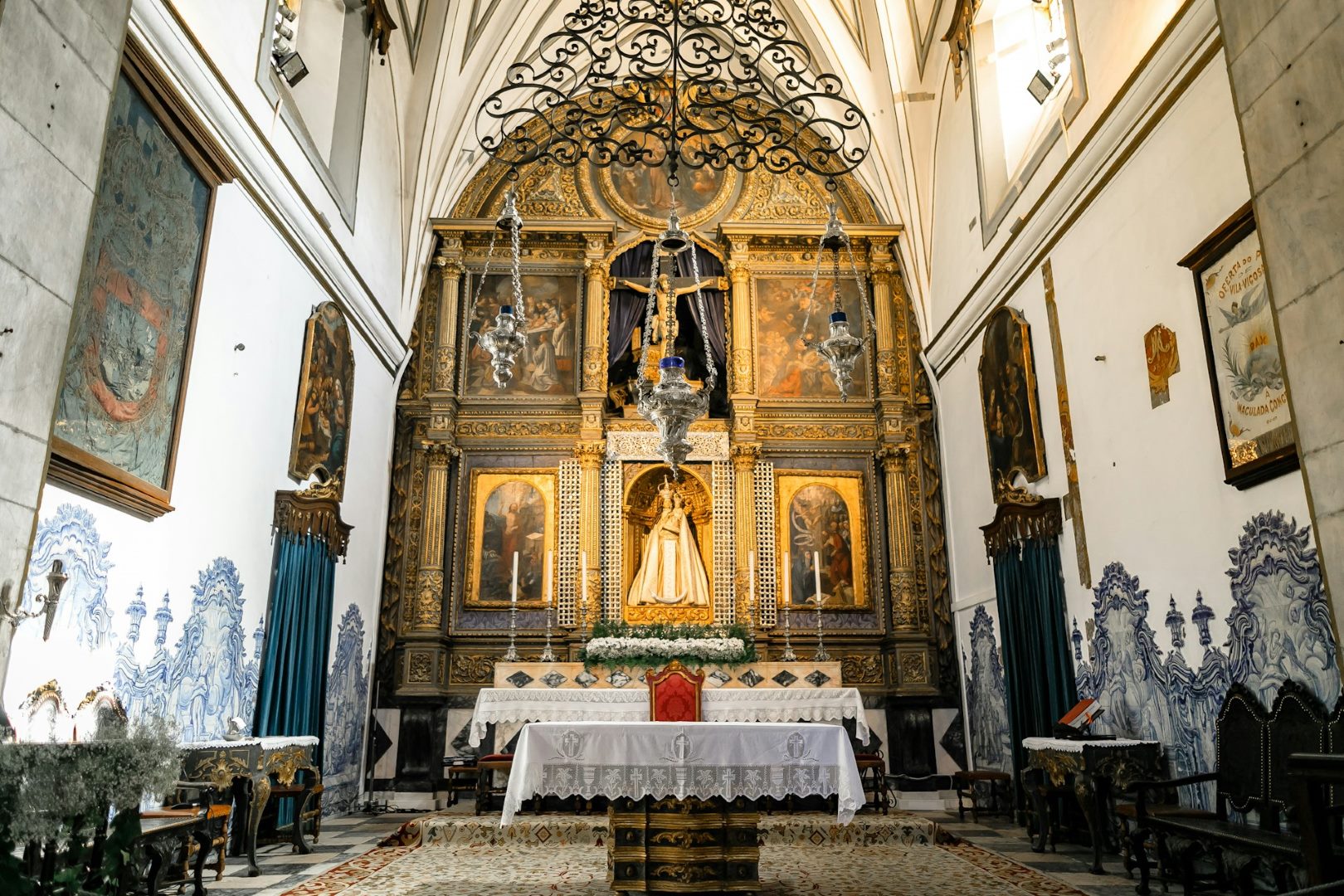Origin and History
The Black Nazarene, an iconic religious artifact venerated by millions of Filipino Catholics, holds a profound place in the country’s cultural and spiritual tapestry. Its origins can be traced back to Mexico City in the early 17th century:
- 1606: A mysterious carpenter, Pedro de Camprobín, discovers a remarkable statue of Christ on a dark-tinted wood while working on a galleon.
- 1607: The statue is brought to a convent in Mexico City, where it gains a reputation for miraculous powers.
- 1650: Manila Archbishop Miguel de Poblete requests a replica of the image, which arrives in the Philippines in 1653.
- 1st Black Nazarene Procession: In 1719, the first procession of the Black Nazarene takes place in Manila, initiating a tradition that continues to this day.
Physical Characteristics
The Black Nazarene is a statue carved from dark wood, measuring approximately 150 centimeters in height. Its distinguishing features include:
- Movable Arms: The arms of the statue are articulated, allowing it to be raised and lowered during processions.
- Fringed Robe: The Black Nazarene is adorned with a maroon velvet robe trimmed with gold lace.
- Crown of Thorns: A crown of thorns rests on its head, symbolizing Christ’s Passion.
- Cross: The statue clasps a crucifix in its right hand and a small scroll in its left.
Devotion and Pilgrimage
The Black Nazarene has become a symbol of hope and inspiration for countless Filipinos. Its annual procession, held every January 9th, attracts millions of devotees from all over the country:
- “Traslacion”: The “traslacion” (transfer) of the statue from Quiapo Church to Luneta Park is a 12-hour journey marked by intense devotion and religious fervor.
- “Pahalik”: Devotees line up to touch or “kiss” the statue, believing in its miraculous powers.
- “Nazarenos”: Many participants dress as “Nazarenos,” wearing purple robes and a hooded veil, to emulate Christ’s journey to Calvary.
Miracles and Legends
The Black Nazarene is associated with numerous miracles and legends that have deepened its spiritual significance:
- Earthquake of 1645: It is believed that the Black Nazarene saved Manila from a devastating earthquake in 1645, solidifying its reputation as a powerful protector.
- Cholera Outbreak of 1820: During a cholera outbreak in 1820, a procession of the statue is said to have stopped the spread of the disease.
- Canonization of Saint Lorenzo Ruiz: In 1980, during the canonization ceremony of Saint Lorenzo Ruiz, the Black Nazarene was placed near the altar, symbolizing its role in the faith and spirituality of the Filipino people.
Symbolism and Cultural Impact
The Black Nazarene has become more than a religious artifact; it has evolved into a cultural icon and symbol of:
- Penitence and Suffering: The statue’s dark color and somber expression represent the pain and sacrifice of Christ.
- Hope and Redemption: Despite its depiction of suffering, the Black Nazarene inspires hope and the belief in redemption through faith.
- Filipino Identity: The devotion to the Black Nazarene is deeply entwined with Filipino culture and national identity.
Tips for Participating in Black Nazarene Processions
For those considering participating in the Black Nazarene processions, here are some practical tips:
- Dress Appropriately: Wear comfortable clothing and footwear, as the processions can be physically demanding.
- Stay Hydrated: Carry water or electrolyte drinks to remain hydrated during the long hours.
- Be Respectful: Maintain a respectful and prayerful attitude during the processions.
- Safety Precautions: Be aware of your surroundings and take necessary precautions to avoid accidents.
Conclusion
The Black Nazarene is a captivating and enigmatic religious icon that has profoundly influenced the faith, culture, and history of the Philippines. Its annual procession is a spectacle of intense devotion and religious fervor, drawing millions of devotees each year. Through its symbolism of penitence, hope, and redemption, the Black Nazarene continues to inspire and provide solace to countless Filipinos, solidifying its place as a cherished and enduring spiritual symbol.



